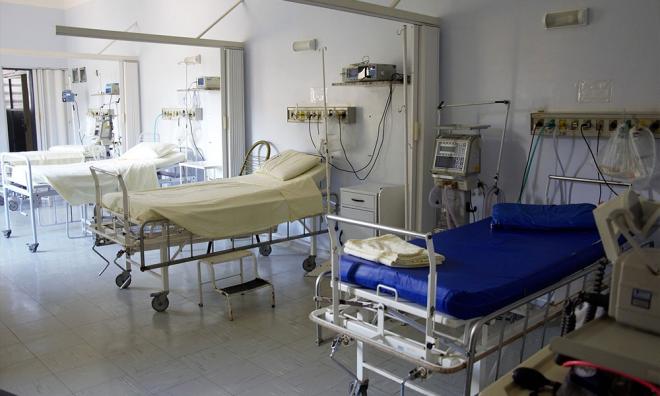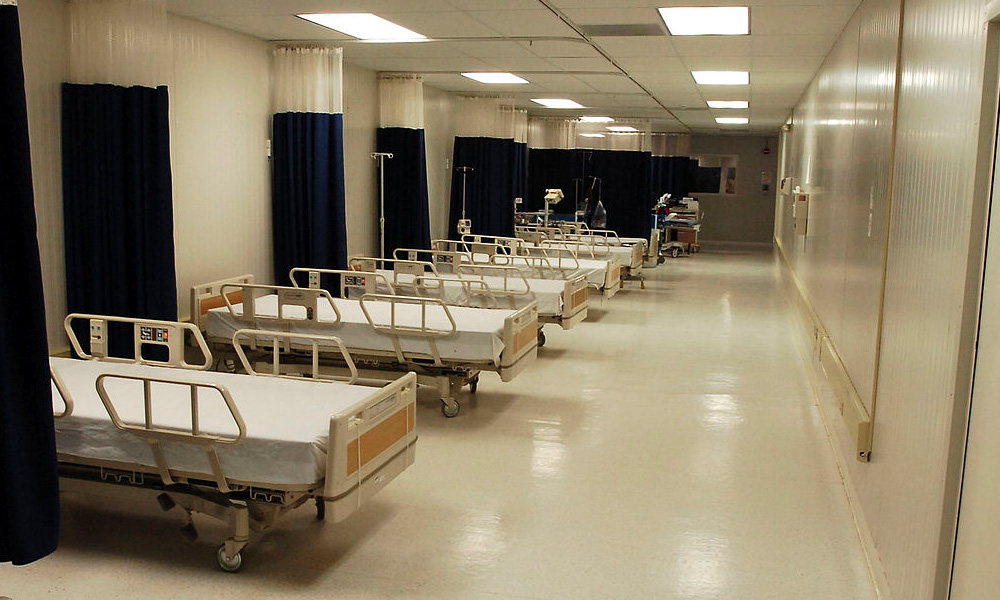How to build additional hospital capacity in Malaysia

One of the more inspiring stories from the global fight against Covid-19 is the “hospital in ten days” constructed in China.
Fortunately for Malaysia, we might not need such a surge construction, as our current public hospitals appear reasonably equipped to handle any worsening.
We also have additional untapped capacity in private hospitals and our military facilities. We should also be able to convert some existing health facilities or hostels into emergency hospitals, on top of army-led field hospitals if absolutely necessary.
However, we'd like to share some important principles behind how to build additional hospital capacity for Malaysia.
First, the building and site selection is crucial. Any existing hall, stadium, or large space can be converted to a temporary hospital space. These are ideal because washrooms, water, and electricity supply are already established.
If these are not available, a new temporary building can be constructed in an open space. The chosen site should preferably be fenced and situated away from residential areas.
Second, any material used to construct or added to existing structures should be non-absorbent so that they can be quickly and easily washed or decontaminated according to Health Ministry or Department of Environment standards.
Third, the makeshift hospital should be compartmentalised into two or more sections to allow for controlled decontamination. Each section may be further subdivided into three categories of wards to accommodate mild, moderate, and severe cases, with the serious cases housed closest to the exit of the building.
Fourth, there should only be one main entrance and one main exit. All internal doors from the entrance to the exit should be one-way, with the decontamination stage situated right before or outside the exit of the building.
Showers should be made available at the decontamination area, as well as designated waste bins for PPE disposal. An on-site incinerator might be a wise addition. Any existing side doors are to be closed and locked.
Fifth, we must ensure good drainage in and around the building, especially in and around the washrooms.
Waste water can be collected in a septic tank for proper collection and safe disposal. If possible, air flow should also be one way, from the entrance to the exit, with decontamination air filters to be constructed at the air outflow.
Negative pressure rooms are rooms where air flows into the room, reducing the risk of contaminants flowing out.

Sixth, an on-site kitchen is necessary to prepare meals for patients as well as medical staff. A small cafeteria for the medical staff will be a welcome addition. Further consideration for staff would include convenient accommodation within walking distance, for short rest and recovery periods.
As an alternative, these makeshift hospitals could be used to house non-Covid-19 patients who might not need the fullest set of precautions. Existing government hospitals could be used solely for Covid-19 patients.
This information will come in useful should an outbreak occur in a rural area or areas where there is no hospital capacity.
There are Malaysians who have gone far and wide to volunteer in disaster relief, where makeshift hospitals are the mainstay. They will be able to contribute their expertise in such an endeavour.
We write this hoping that there will never be a necessity for it, but if it does, we are confident that us Malaysians will put our best effort to curb it.
DR KHOR SWEE KHENG is a physician and public health specialist while EUNICE LIM is a fourth-year medical student. - Mkini
✍ Credit given to the original owner of this post : ☕ Malaysians Must Know the TRUTH
🌐 Hit This Link To Find Out More On Their Articles...🏄🏻♀️ Enjoy Surfing!



















Post a Comment